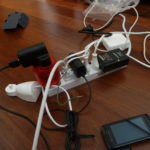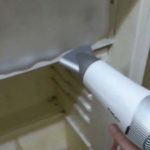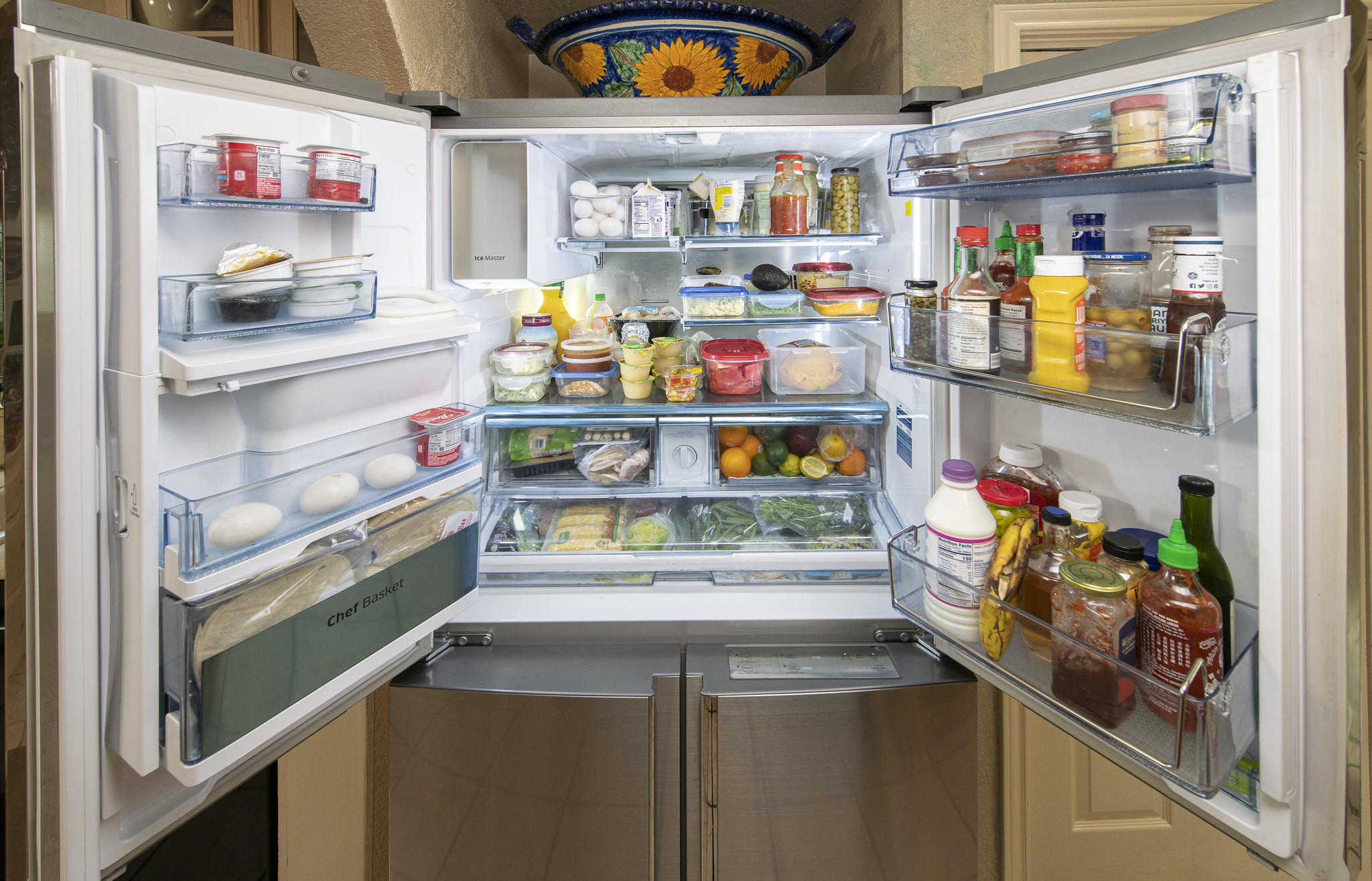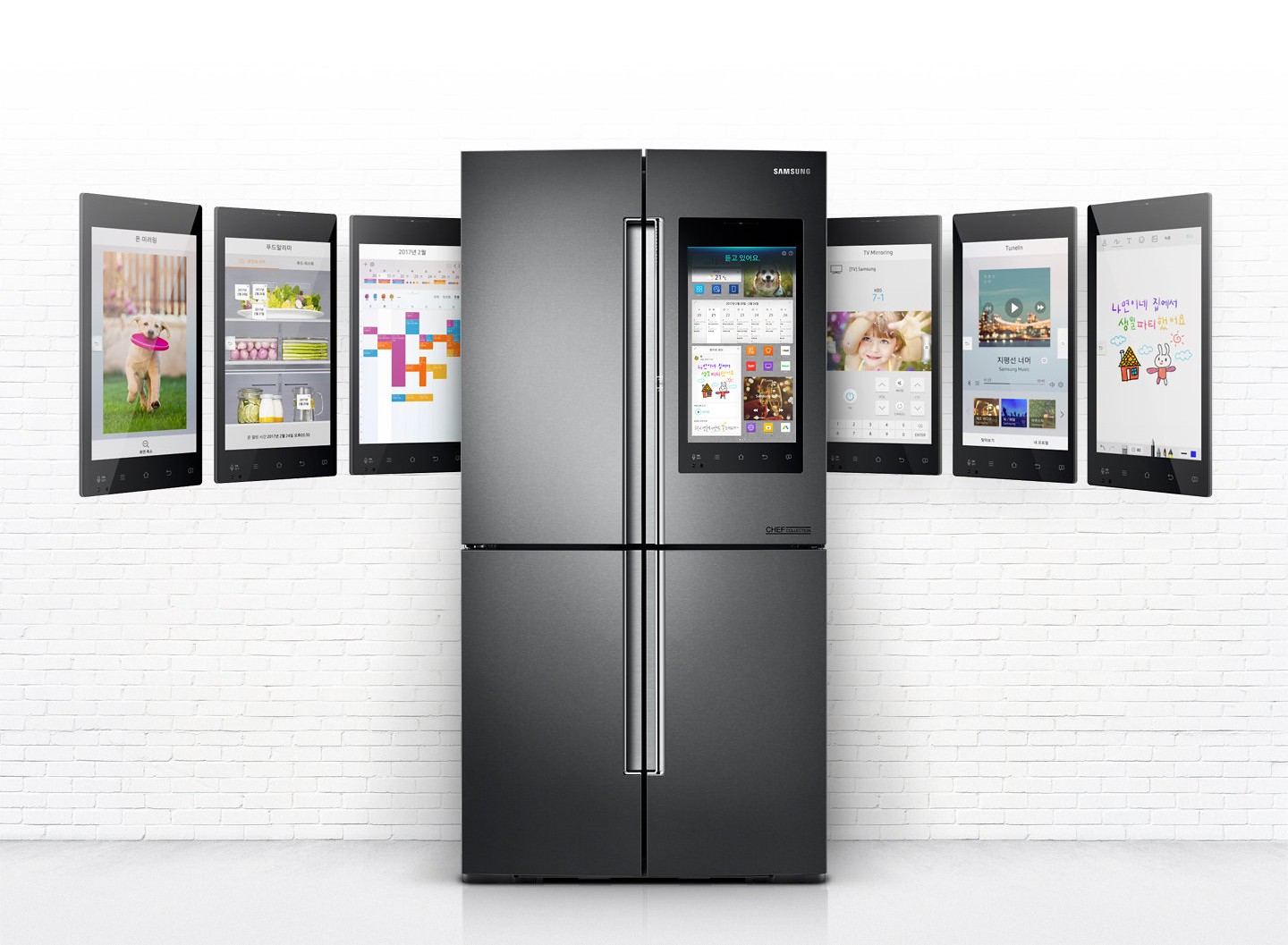How to defrost a refrigerator correctly so as not to harm it - myths and truth
Caring for any type of refrigerator necessarily includes defrosting. It would seem that it’s so difficult? That's right, nothing if you don't rush things and know how the process goes. Today I will tell you how to defrost a refrigerator correctly so as not to harm it.
The content of the article
Why and how often
The first part of the question is quite easy to answer. Preventive procedures increase the service life of equipment several times. Any refrigeration devices are no exception. Defrosting reduces the load on the compressor, which even helps to save electricity.
The only criterion by which the frequency of preventive and sanitary defrosting should be determined is the presence or absence of an automatic mode.
Single and double chamber refrigerators
In ordinary household appliances, ice formation occurs relatively quickly. They should be turned off and washed two to three times a year, as needed. Snow dunes appeared on the walls, which means the time has come.
In summer, ice forms in the freezer even faster due to contact with warm air. Accordingly, it is necessary to turn off the equipment and carry out the necessary procedures more often.
"No Frost"
New generation devices are equipped with a system for automatically regulating their own temperature and removing excess moisture to the outside.This significantly reduces the formation of ice on the walls of the freezer. However, they still need to be defrosted during periods of active use. Minimum - once a year.
How does this even happen?
In fact, the algorithm is quite simple. To complete it, you only need patience and a couple of rags. The step-by-step instructions are as follows:
- Disconnect the appliance from the mains and open all doors.
- Transfer food from the refrigerator to a previously prepared place suitable for temporary storage. For example, in a bath filled with cold water. Or in a thermal bag filled with ice, or at least in a cool, darkened room.
- Remove all removable components (shelves, egg cups, etc.).
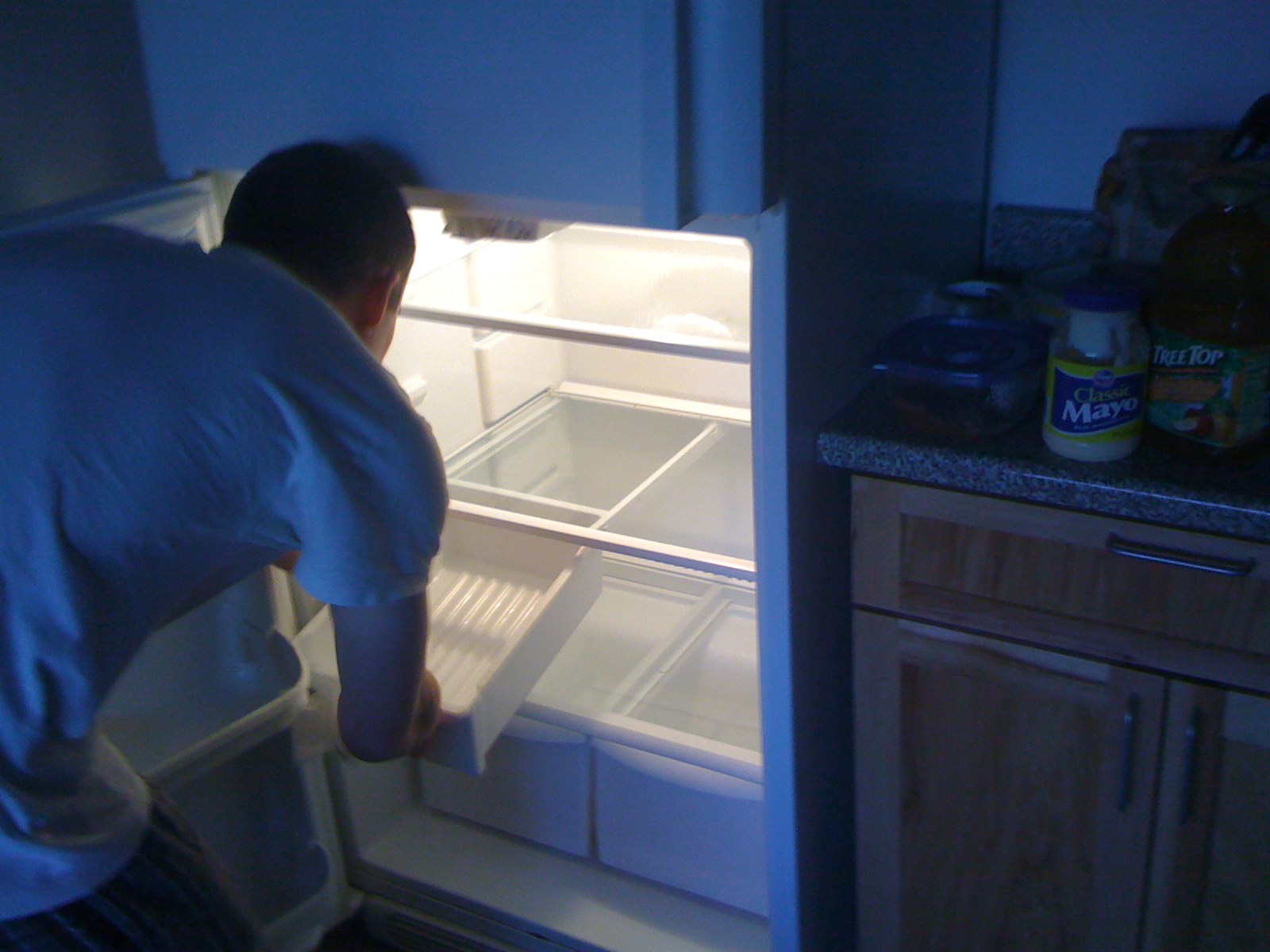
- Leave until completely defrosted. From time to time you will have to wipe away the puddles that appear as the ice thaws.
- Wash the internal walls of the equipment and previously removed components. Wipe dry with a soft cloth. Leave for another hour to dry completely.
- Turn on the device and let it work for 20-30 minutes, only then add food into it.
Acceleration methods
The best solution is to simply allow the ice build-up to thaw naturally at room temperature. However, what if for some reason you need to clean the refrigerator faster?
Resourceful housewives have come up with several ways to quickly defrost. However, some of them may be unsafe for equipment or human health. Although there are working and effective ways to speed up the melting of ice:
- Spray the walls of the frozen chamber with lukewarm water from a spray bottle. Within 20-30 minutes, the ice is guaranteed to begin to thaw and fall off.
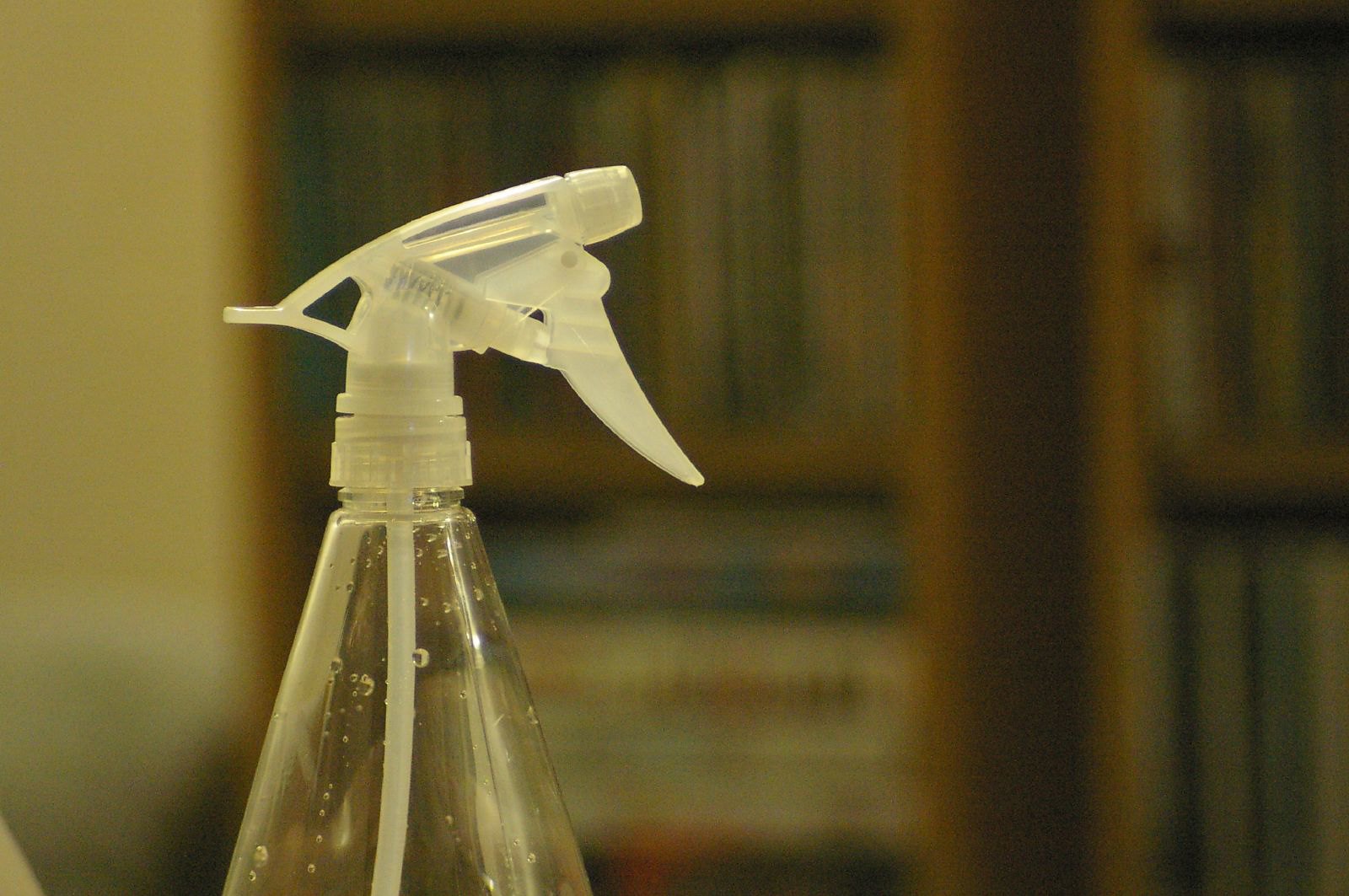
- Place a pan of hot water in the freezer and close the door. The steam from the moisture will quickly melt the ice.A prerequisite is to place the container only on a special heat-resistant surface. You can use a regular heating pad instead.
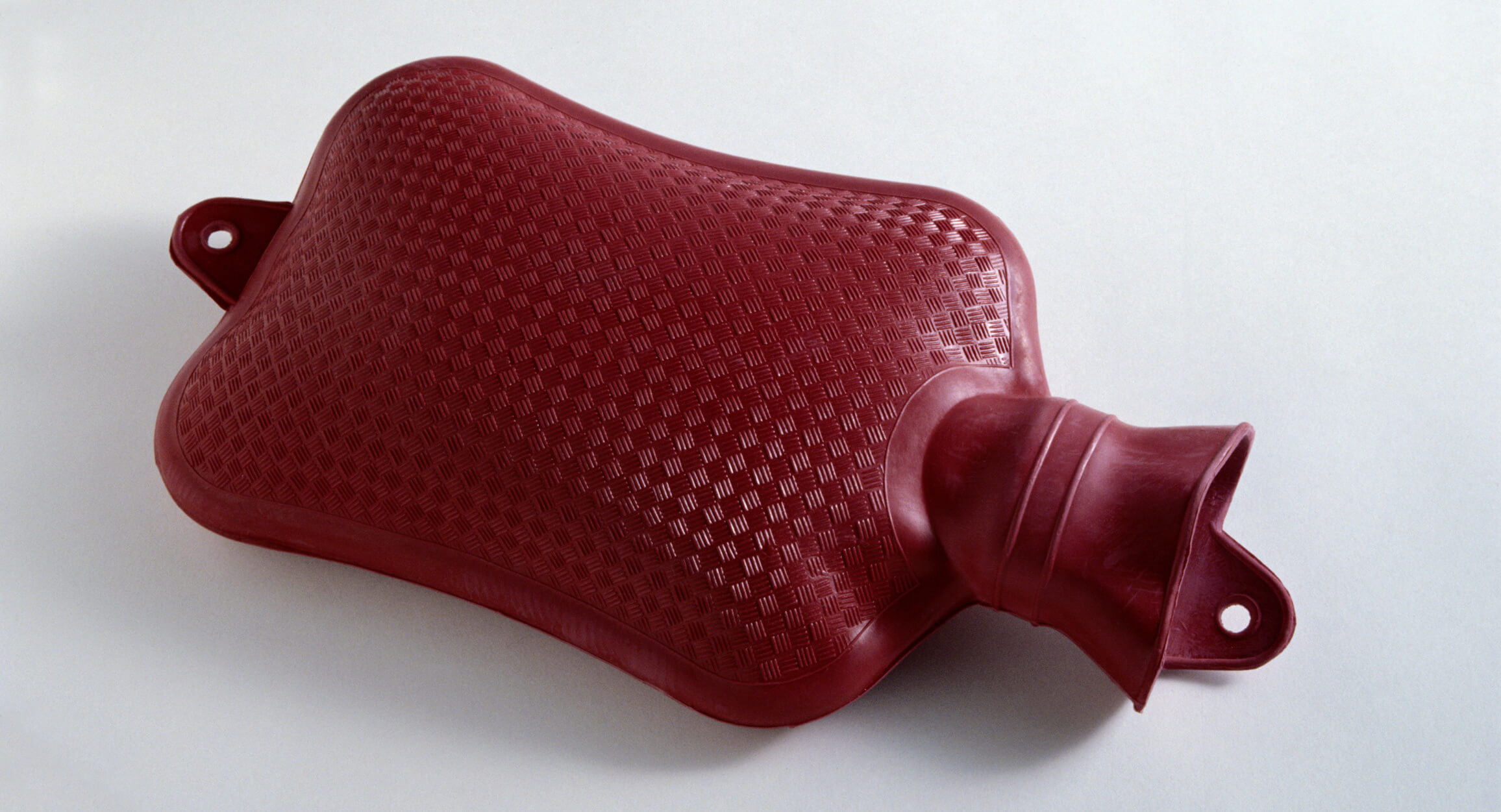
What you should never do
What is categorically not recommended when defrosting is trying to break off ice frozen to the walls of the freezer with sharp objects. In addition, you should not use a hairdryer as a source of hot air.
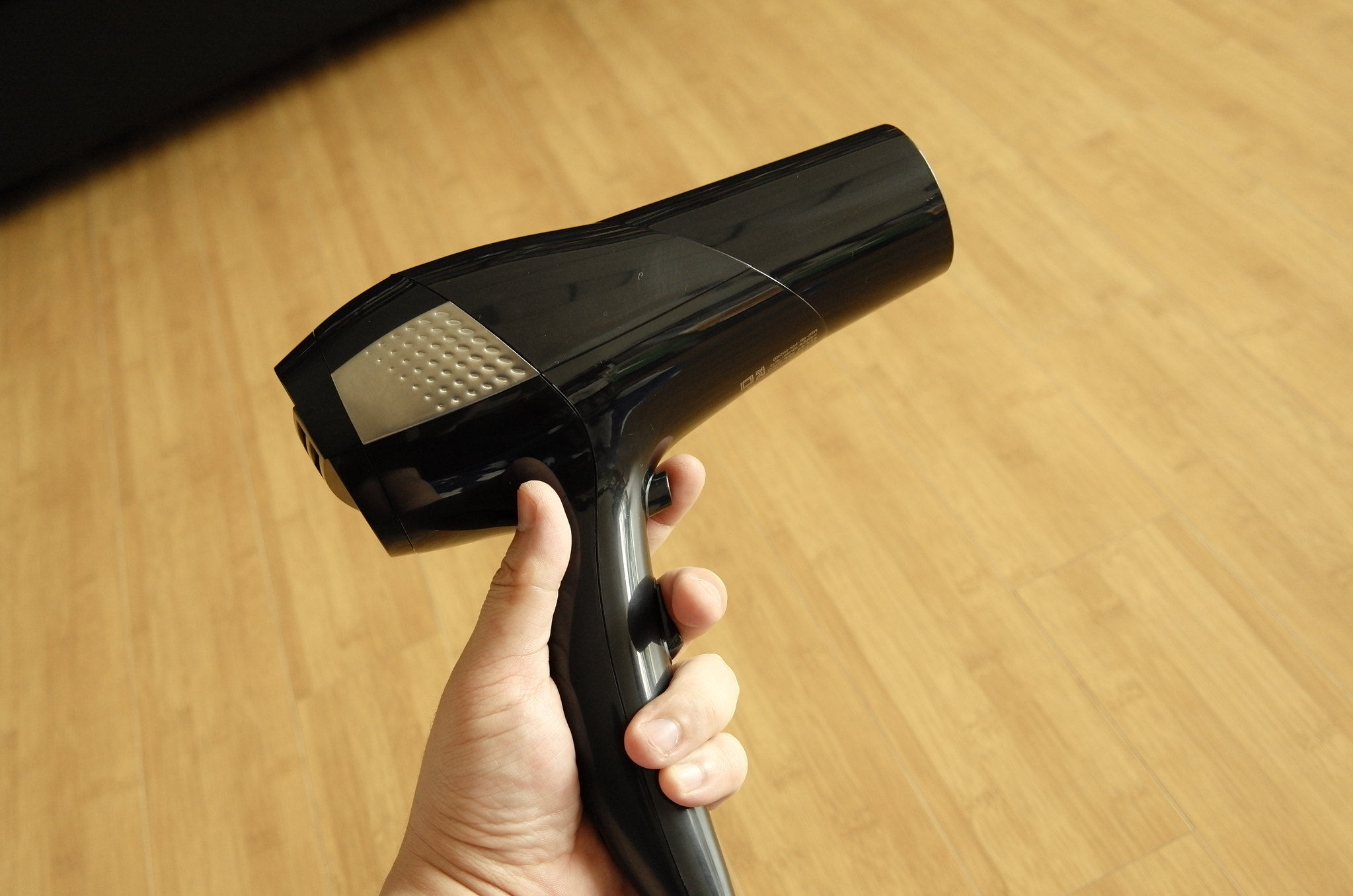
The first option threatens equipment damage. The disadvantages of the second are the rubber seal on the refrigerator that has dried out to the point of unusability and a burnt hair dryer. And too fast defrosting will only damage the equipment.


